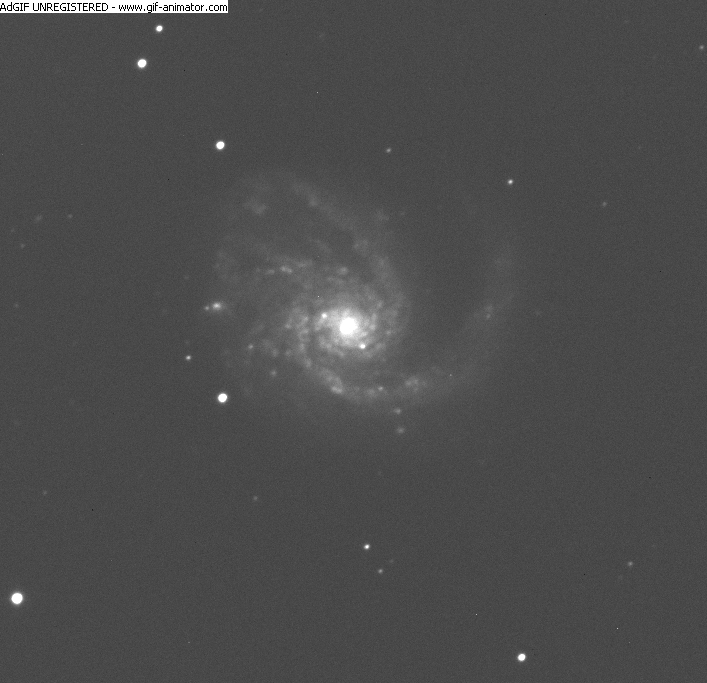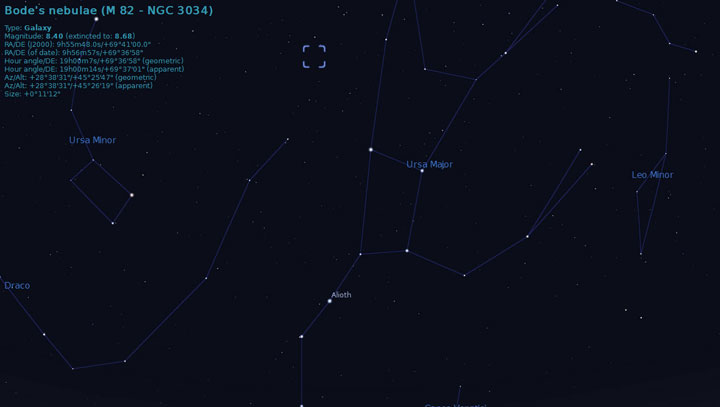TORONTO – Star light, star bright…star explodes in the night.

The universe has provided a big bang (not THE Big Bang, of course) for astronomers to enjoy after a new supernova was discovered in a nearby galaxy.
A supernova is the death of a star. But unlike humans, star deaths are magnificent explosions of energy, and supernovae are the brightest and most violent in the universe.
READ MORE: Hubble spies galaxies from 13.2 billion years ago
This supernova — SN 2014J — occurred in the galaxy M82, only 12 million light-years away (though that is quite distant, when it comes to how vast our universe is, this is considered relatively close by).
Interestingly, the supernova had occurred a week earlier than when it was reported on Jan. 21, but had gone undetected until it brightened. It continues to brighten.
Now NASA has released an image of the new supernova, taken by its Swift spacecraft.

Get breaking National news
The space agency is planning further observations with the Hubble Space Telescope and the Chandra X-ray Observatory as well as several others.
What creates a supernova?
Not all stars are created equally, and because of that, they experience different types of deaths.
There are two types of supernovae: Ia and II.
Type Ia supernovae occur in a binary star system (two stars that orbit each other). One star — a white dwarf — pulls in matter from another star. The white dwarf reaches a critical density (about 1.4 times that of our sun) and creates an uncontrolled fusion of carbon and oxygen which detonates the star. Type Ia can also occur if two white dwarfs spiral into each other and collide.
In Type II, the star dies when its nuclear fuel runs out and can no longer release energy. The core of the star — iron — collapses and explodes.
This supernova was a Type Ia, which is exciting for astronomers because its relative proximity to us allows them to study this type of stellar explosion.
What’s more mind-boggling is that this star doesn’t exist anymore. The light from that explosion has taken 12 million years to get here. So we are, in essence, looking back in time.
And in some new and interesting news, there MAY be another supernova!
Astronomers spotted this one in M99 on Tuesday.






Comments